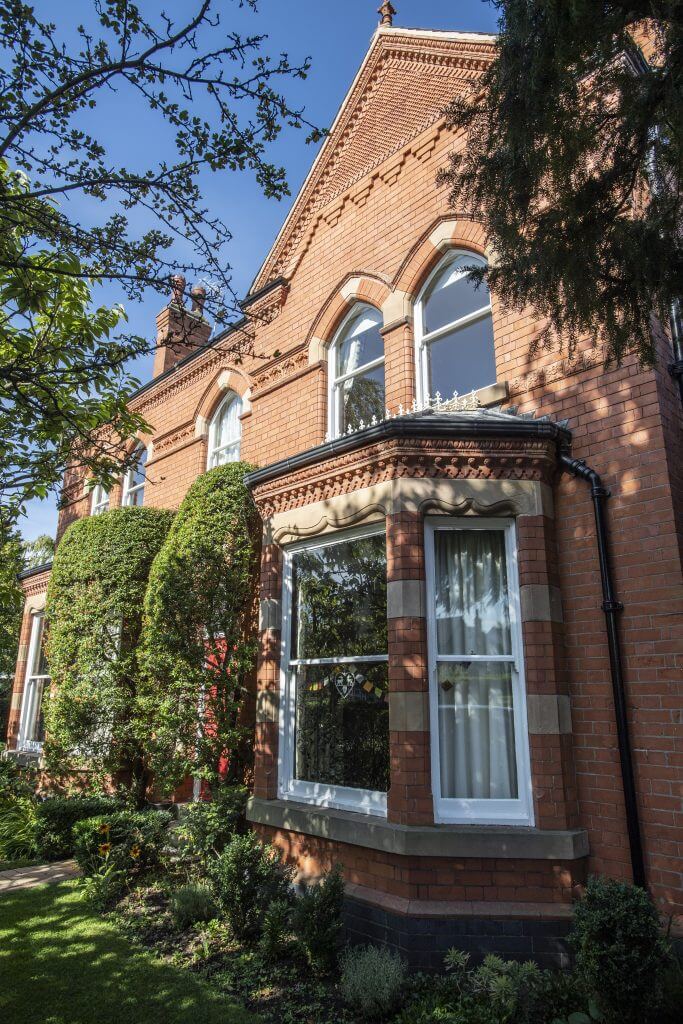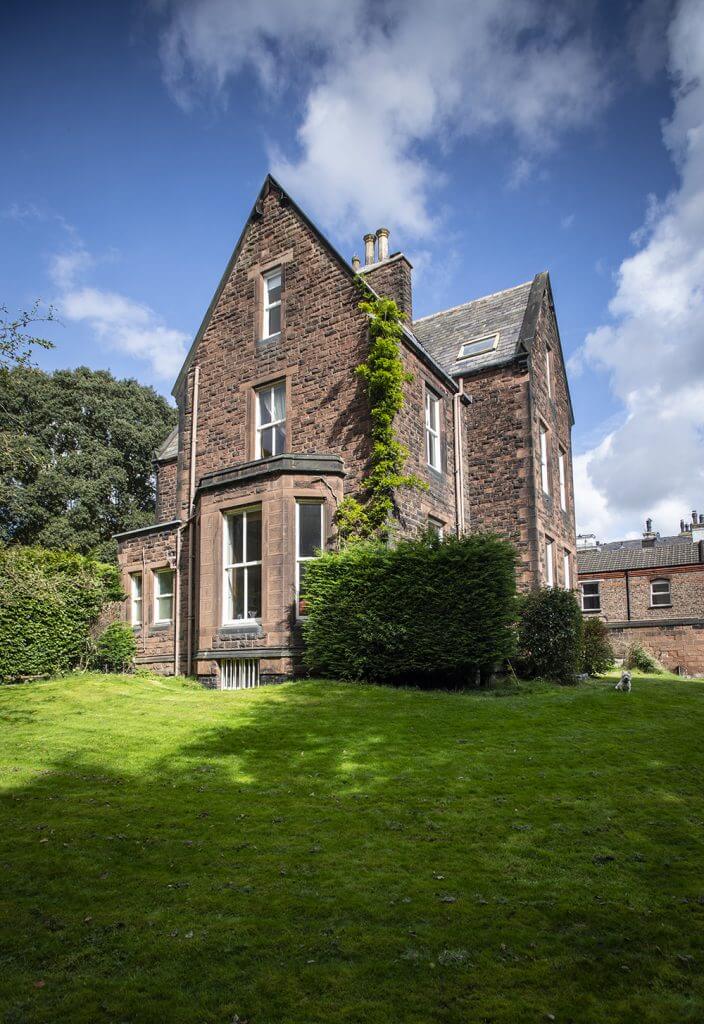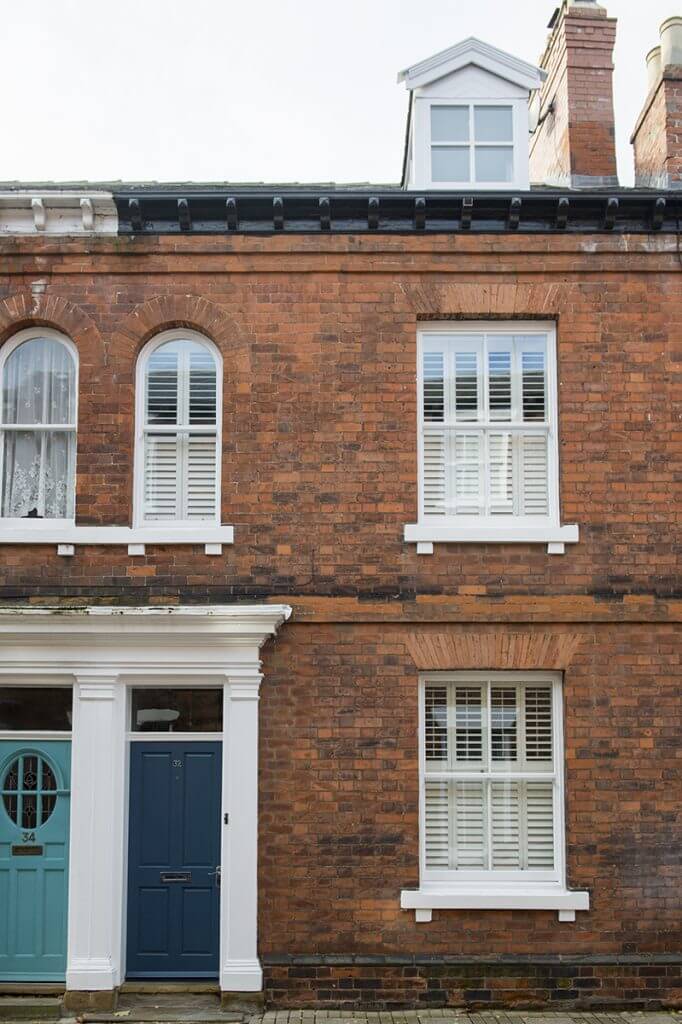Listed Buildings: Do and Don’ts
At Ventrolla we love restoring and replacing timber sash windows on a wide variety of domestic and commercial buildings. Many of the properties we come across have beautiful period charm; and with that can come listed building status.
Age tends to be the key decider of whether a building is listed. Buildings that pre‐date 1700 will be listed and most from pre‐1840 are likely to be as well. Modern buildings will also be listed if they have significance or are considered to be under threat. In total, listed buildings make up around 2% of England’s building heritage.

We certainly think the appeal of owning a listed property outweighs the disadvantages but there are many practical considerations you need to take in to account. You will need listed building consent in addition to planning consent for any updates you wish to make to your home.
Here are our top tips to help you navigate your way through:
Do
- When purchasing a property make sure your solicitor checks whether the house you are buying is listed – don’t rely on estate agents details alone as they may not have the accurate information.
- Also, your solicitor should check that all works carried out on the house by previous owners had the correct consents – you may be liable for any works that were carried out without consent. This may have financial implications and mean you must spend time undoing things or seeking retrospective planning consent.
- Allow time for planning and preparation. You may be keen to get started but understand it can take time to get all permissions and consent in place. This will pay dividends in the end and ensure the whole process goes smoothly. Focus on the result and look forward to your home being renovated just as you’d imagined.
- If you are planning a big project, seek insurance advice. Most good household policies will include restoration, renovation and extension works up to £50,000 without the need to notify insurers, but once you exceed this level, you risk invalidating the policy.
- Get to know your local conservation officer who can advise you on what your local authority will allow in terms of building works. Each council has differing guidelines to what is and isn’t acceptable in terms of extensions and renovations to listed houses. It’s a good idea to look at the council website to see what’s been allowed elsewhere locally and most local conservation officers will be happy to discuss plans informally before you submit an application, saving you time and effort.

Don’t:
- Assume that listed building consent is all that’s required. You need both listed building consent and a planning application in place before any work can begin.
- Start any building works until all the correct consents have been confirmed – this is imperative as it is a criminal offence to do so, not just for you, but also for the contractors you instruct who fail to see evidence of your listed building consent.
- Underestimate the cost of building work. Period properties come with additional expense ‐ using reclaimed or traditional materials and carrying out traditional building methods will bump up the cost and the time taken for the works to be completed by specialists.
- Don’t forget listed building consent also applies to internal works on your property. You’ll need to speak to the planners before you knock down internal walls to create open plan living or add an additional bathroom.
- Don’t forget to keep in mind modern living and try to future proof your house. One thing would be to attempt to introduce as much light as possible, which may involve lowering floors to create light and airy spaces as many older cottages can feel quite constricted. And don’t forget to introduce super‐fast broadband – essential for most domestic living.
- Don’t forget about your gardens and surrounding land. These too can be listed but often carry lesser restrictions. Be mindful of any trees near your property that may be affected by the planned works. Some may be protected by tree preservation orders (TPO). If you are waiting to secure consent for works on the building, then you could use the time to begin tackling outside first.
- Neglect your new neighbours. Keep them aware of your plans as soon as you can. It’s always better to have a conversation and keep them informed rather than just carry on and have to deal with complaints later.

When it comes to your windows, we can help. Ventrolla have over 40 years experience working with listed properties and are committed to providing you with the best advice and guiding you step‐by‐step through the process. Contact our team today.
Can I upgrade my windows in a conservation area?
When upgrading or refurbishing your windows most councils and conservation officers would ask that you renovate your windows where possible, saving as much of the original window. Upgrading is nearly always preferable to replacement. We’ve helped many listed property owners through the planning application process – providing our window‐by-window survey, our recommendations and any drawings or technical specifications needed to help the councils understand the work that will be undertaken.
FAQs about restoring and replacing timber sash windows in a listed building
1. Can I repair my existing timber sash windows?
Yes, in most cases, it is possible to repair existing timber sash windows rather than replace them entirely. This can be a more cost-effective option than replacing them, and can also help to maintain the character of the building.
2. How can I tell if my windows need repairing or replacing?
If your windows are in generally good condition but have some minor issues such as loose or sticking sashes, they may be suitable for repair. However, if the windows are severely damaged or rotting, replacement may be necessary.
3. What materials should be used for replacing sash windows in a listed building?
If replacement is necessary, it is important to use materials that are sympathetic to the original design of the building. Timber is generally the most appropriate material for replacing sash windows in a listed building, as it can be easily shaped to match the existing windows.
4. Do I need planning permission to replace or repair sash windows in a listed building?
If your building is listed, you will need to apply for listed building consent before carrying out any work on the windows. This is to ensure that any repairs or replacements are sympathetic to the original design of the building and do not harm its heritage value.
5. Can I install double-glazed windows in a listed building?
It is possible to install double-glazed windows in a listed building, but you will need to obtain listed building consent and ensure that the new windows are sympathetic to the original design of the building. In some cases, it may be necessary to use slimline double glazing to maintain the appearance of the original windows.
6. How much does it cost to restore or replace timber sash windows in a listed building?
The cost of restoring or replacing timber sash windows in a listed building can vary depending on the extent of the work required, the size and number of the windows, and the materials used. Generally, repairing existing windows can be less expensive than replacing them entirely, and using traditional materials like timber can be more costly than using modern alternatives. It is best to get a quote from a reputable contractor who has experience working on listed buildings.
7. Are there any grants available for restoring or replacing timber sash windows in a listed building?
There may be some grants available for restoring or replacing timber sash windows in a listed building, particularly if the building is of significant historical or architectural interest. It is worth checking with local authorities, heritage organizations, and other relevant bodies to see if there are any grants or funding opportunities available.
8. How long does it take to restore or replace timber sash windows in a listed building?
The time it takes to restore or replace timber sash windows in a listed building can vary depending on the extent of the work required and the size of the project. Generally, repairing or restoring existing windows can take several weeks, while replacing them entirely can take several months. It is important to factor in the time required for obtaining any necessary permissions and approvals before starting work.
